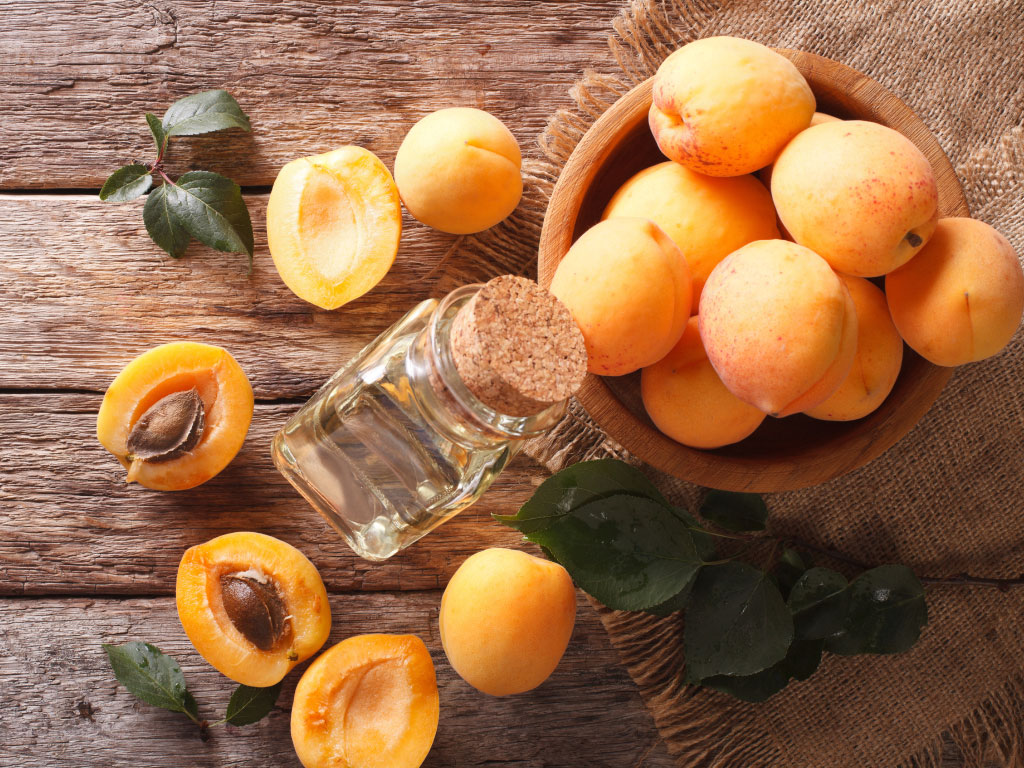One of the first testimonies of the presence of apricot in Campania is given by Gian Battista Della Porta, a Neapolitan scientist who, in 1583, in the work Suae Villae Pomarium distinguishes between two types of apricots: the more refined “bericocche” and “crisomele”.
That’s where the Neapolitan word “crisommole” comes from and is still used today to indicate apricots, as well as “crisomele alessandrine”, a kind of apricot that still exists in the Vesuvius area.
The text “Brief survey of Agriculture and Pastoralism of the Kingdom of Naples” written by various authors and dated 1845, recognizes the apricot tree as the most widespread tree, after the fig tree, in the Neapolitan area and precisely in the Vesuvias one, “where it is better than elsewhere and more types are counted, different in fruit ...”
Apparently there was already a fair variety of ecotypes that offered different fruits depending on the characteristics of their variety, of which today more than 40 are recognized in the Vesuvius area only.
Production area
The territory involved in the production is included in the following municipalities of the province of Naples: Boscoreale, Boscotrecase, Ercolano, Massa di Somma, Ottaviano, Pollena Trocchia, S. Anastasia, S. Sebastiano al Vesuvio, S. Giuseppe Vesuviano, Somma Vesuviana, Terzigno, Trecase, Torre Annunziata and Torre del Greco.
Campania is the most important region in the cultivation of apricots, with almost 50,000 tons of product, coming mostly from the Vesuvius National Park, which represents about 80% of the regional production.
In the area of the Vesuvius Park there are currently about 2,000 hectares of apricot trees, with a production that in normal climatic conditions should be around 400,000 quintals.
Most apricots are destined to fresh consumption. A variable quantity from year to year is transformed into nectars, i.e. juice and pulp, while a small part is transformed into jams, dried and candied apricots and finally a very limited amount is turned into frozen and syruped products.
Description
The term “Vesuvius apricot” refers to a group of over forty different biotypes, all originating from the same place. The most common are: Ceccona, Palummella, S. Castrese, Vitillo, Fracasso, Pellecchiella, Boccuccia Liscia, Boccuccia Spinosa and Portici.
The cultivation is currently extended to the whole territory of the Vesuvius area, where the soil is particularly fertile and, being of volcanic nature, is rich in minerals and in particular potassium, an element known for its influence on the organoleptic quality of fruits and vegetables in general, which in this case gives the apricots their pleasant and typical flavour.
Given the variability of the elements that characterize many varieties, their description could be generalized by defining them as varieties for the most part at early and medium-early ripening: they are appreciated on the market for their organoleptic characteristics, above all for flavour and sweetness.
From an aesthetic point of view, they’re different from other fruits because most of them have a yellow-orange base skin with shaded red.
Seasonality of the product: the Vesuvius apricot is harvested around mid-June.

